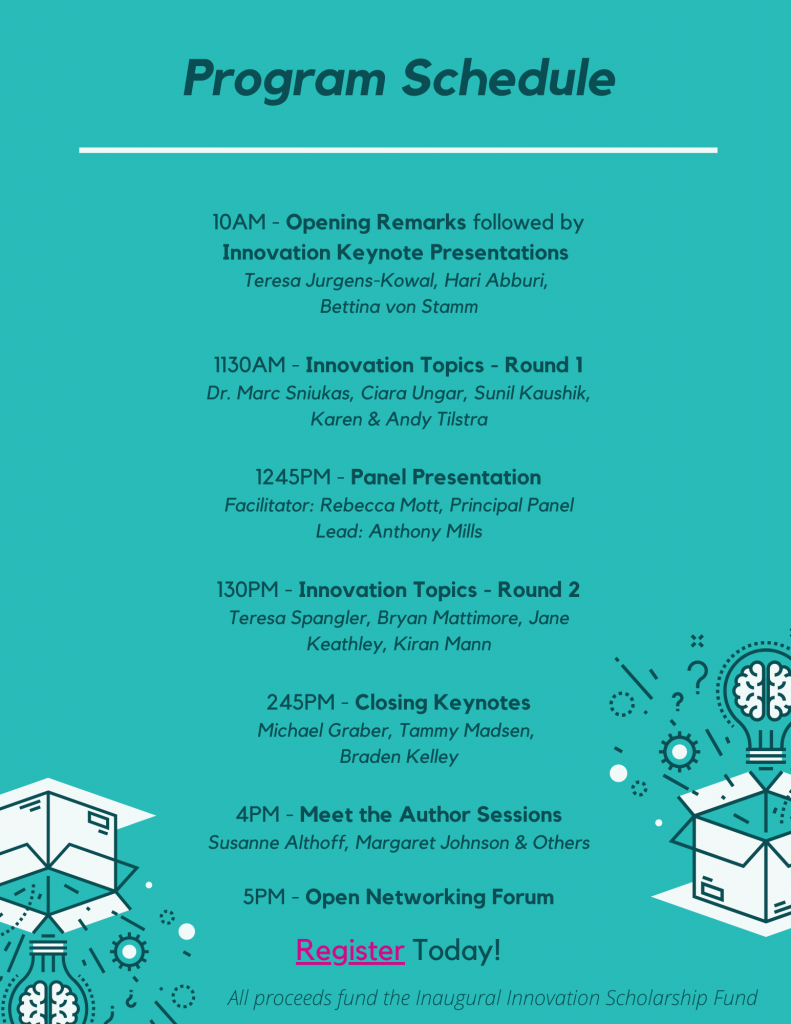Closing the Virtual and Cultural Gap

GUEST POST from Douglas Ferguson
Learning to connect a culturally diverse virtual workforce is an essential part of managing cross cultural remote teams. Faced with the challenge of virtual team building, remote team managers also have to unite their virtual teams across any cultural differences, time zones, and other unique elements.
Recent studies show that 62% of virtual teams are comprised of workers from three or more cultures. Surprisingly, only 15% of team leaders have successfully led cross cultural remote teams. Such statistics show the dire need for improving cross cultural remote teams management.
In the following article, we’ll discuss managing cross cultural remote teams as we cover topics such as:
- What Are Cross Cultural Remote Teams?
- The Challenges of Cross Culture Remote Work
- Closing the Virtual Gap for Culturally Diverse Teams
- Essential Skills for Managing Cross Cultural Remote Teams
- Improving Cross Cultural Leadership Skills
What Are Cross Cultural Remote Teams?
With the rise of remote work, it comes as no surprise that cross culture remote teams are the reality of today’s working world. Cross culture remote teams are teams made up of the global talent pool. Whether a company pulls freelancers from various parts of the world or hires remote team members within the same country, effectively working together requires a strategic approach to managing such a diverse group of workers.
Remote work experts suggest that culture is defined as the social expectations, customs, and achievements unique to a nation or region. One’s idea of culture frames the way they approach work, life events, and communication. While distributed teams composed of members from various cultures are an effective way to diversify the workforce, the difference in cultures and time zones can lead to collaborative and communication challenges.
The Challenges of Cross Culture Remote Work
Managing cross cultural remote teams come with unique benefits and challenges. Being able to fill your team with the world’s greatest minds is an incredibly powerful way to shore up your company’s talent pool. However, each team member will have their practices, preferences, and ideas of company culture, and as a result, may have trouble gelling with the rest of the team.
Moreover, team managers will experience the challenges of building a team in the virtual world. Without the face-to-face interaction of a shared workplace, cross-culture remote teams are more vulnerable to conflict and communication problems.
Remote team leaders face unique challenges such as:
1. Work Style
When managing cross cultural remote teams, be sure to address the individual work style of your team members. When working with team members from different cultures, it’s essential to acknowledge each person’s work style. This is especially true for team members that are of vastly different cultures. For example, certain work cultures prioritize individual opinions while others expect to follow a leader’s course of action.
2. Information Gaps
In the virtual world, information gaps are a huge threat when managing cross cultural remote teams. Any information gaps can negatively affect processes and data flows. All team members need access to the most appropriate resources to successfully collaborate.
3. Motivation Factors
Team leaders should do their best to analyze how each person’s culture may affect their motivations to better manage their team. Motivation factors for cross culture remote teams are vastly different than that of a traditional company. For example, while some team members may be motivated by a range of tangible benefits like bonuses, others focus on intangible benefits like encouragement and job satisfaction.
4. Influences
When managing cross cultural remote teams. Managers face the challenges of certain factions attempting to influence the rest of the group. If part of the team has the same cultural identity, they may use that to dominate a conversation or outcome, leading to conflict and contentious work environments.
Closing the Virtual Gap for Culturally Diverse Teams
Navigating virtual cross-cultural teams starts with first addressing virtual team building. While your team’s cultural background may play a role in the unique challenges you face, everything comes back to your ability to work together as a team. Level the playing field with an effective strategy to close the gaps and facilitate stronger personal relationships among team members.
By making an effort to strengthen connections between your team members, you’ll be able to bridge initial gaps created by remote work. Moreover, team members that share a common bond will be able to better navigate any cross-cultural challenges that may arise. Consider using intentionally designed games and activities like icebreakers to help strengthen connections between team members.
Essential Skills for Managing Cross Cultural Remote Teams
In the virtual world, company culture is constantly changing. To effectively run a diverse group of remote workers, team leaders must be open to learning the most appropriate skills to bring the best out of their team.
Lead your remote team to success by honing skills such as:
1. Adaptability
Cross cultural management hinges upon the leader’s ability to understand each team member’s work style and make the necessary adjustments. While you shouldn’t completely abandon your leadership style, you will need to integrate other behaviors, worldviews, commonalities, and perspectives to find more relatable ways to manage your team.
2. Self-Awareness
Self-awareness is a key skill for leaders of cross-culture teams. Conflicts can arise quickly in a virtual workspace, so it’s important for you to regularly monitor and manage your own biases as you exercise patience and grace in your communications. Make an effort to frequently challenge your perspective and take a step back in your interactions with team members. This will help you navigate complex cultural challenges as you take note of where your perspective and behavior may require adjustment.
3. Articulation
When working with a virtual team from different cultural backgrounds, clear communication is essential. By prioritizing articulation and careful and deliberate conversation, team leaders will be better able to ensure that every member of their team understands what they’re saying. Similarly, if other team members tend to speak too quickly, don’t hesitate to ask them to repeat themselves or speak at a slower pace.
4. Writing Proficiency
In virtual meetings, calls, or voice notes, words can easily get lost in translation. Team leaders should develop the habit of communicating in writing to make sure all their team members have access to a document they can refer to at a later point in time.
Improving Cross-Cultural Leadership Skills
Remote work opens a world of possibilities in the way of team leadership. As your team expands to include a more culturally-diverse group, your leadership skills should improve as well. At Voltage Control, we offer facilitation courses, remote collaboration resources, and team-building workshops to help you navigate the pitfalls of managing remote teams and connecting culturally diverse groups.
Work with our team of expert facilitators to learn more about managing cross cultural remote teams. With the help of workshops and resources, you’ll learn to expertly lead a virtual session, unite a distributed team, and appreciate and highlight the cultural differences that make your team a well-oiled virtual machine. Contact us to learn more about our custom programs for leadership development, master facilitation certification, and change management.
Article originally posted at VoltageControl.com
Image Credit: Pexels
![]() Sign up here to get Human-Centered Change & Innovation Weekly delivered to your inbox every week.
Sign up here to get Human-Centered Change & Innovation Weekly delivered to your inbox every week.





